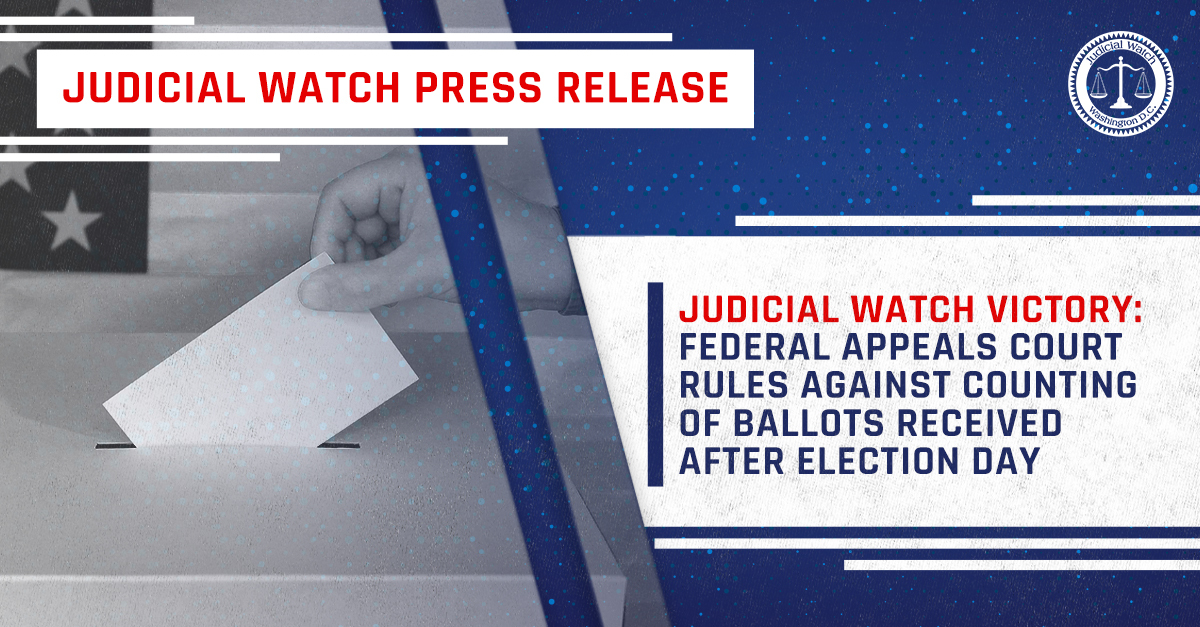

$500k To Study Costly Distressed Neighborhood Transformation Program
The U.S. government is blowing $500,000 to study a questionable program that’s received hundreds of millions of taxpayer dollars from the Obama Administration to transform poverty-stricken neighborhoods into sustainable, mixed-income areas with affordable housing, safe streets and good schools.
Known as Choice Neighborhoods, the costly enterprise is a centerpiece of the president’s interagency Neighborhood Revitalization Initiative. This is described by the administration as collaboration between the Departments of Housing and Urban Development (HUD), Education, Justice, Treasury and Health and Human Services (HHS) to support the ability of local leaders from the public and private sectors and attract the private investment needed to transform distressed neighborhoods.
Those who care to read between the lines may conclude that this requires big bucks. After all, transforming “distressed” (crime-infested) neighborhoods into desirable middle-class areas can’t be cheap. The proof is in the pudding, or rather the government’s own ledger. Since Obama launched his brilliant Choice Neighborhoods project, it has received north of $236 million, including $110 million in fiscal year 2012. Like many of the president’s initiatives, a chunk of the cash has gone to leftist nonprofits and community groups.
Logic would lead most to conclude that the administration views Choice Neighborhoods as successful or it wouldn’t keep pouring huge sums of taxpayer dollars into it. So why dole out an additional half a million in research grants to study it? It’s unlikely that any of the grant recipients who will conduct the studies will determine that it’s a waste or a miserable failure, considering Uncle Sam is cutting the checks on both ends.
A high-ranking official at HUD, the agency doling out the cash to conduct the studies, says the grants demonstrate a “commitment to sound research to help gauge the program’s overall success and cultivate the most promising approaches to making the greatest possible impact.” This doesn’t sound all that convincing considering all the money that has already been allotted to the revitalization program.
Let’s check out some of the study recipients; a public university in Washington State will get close to $200,000 to develop an advanced administrative database that provides information about the residents of a Seattle public housing community and its surrounding neighborhood. Another public university in northern California will get $131,148 to research the challenges of brining healthy food options to poor neighborhoods and a Portland college will get close to $77,000 to collect data the characteristics of the neighborhoods being targeted for transformation in the first place.















